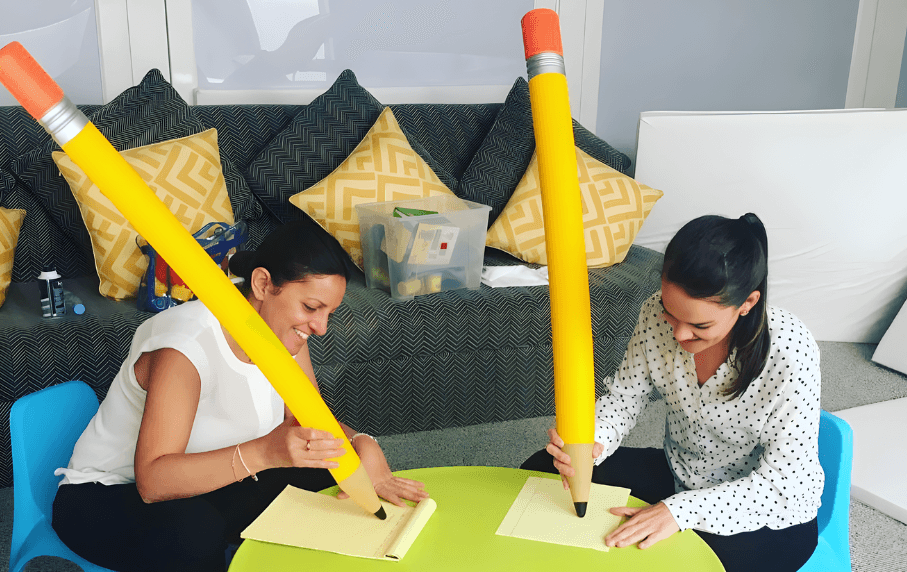

More than a dozen studies have demonstrated the benefits of the Early Start Denver Model (ESDM) as an early intervention for autism among children as young as 18 months. These studies included children across a wide range of learning abilities, as well as one-on-one sessions and ESDM delivered to groups of children.
The foundation of ESDM is the empirical knowledge-base of infant-toddler learning and development and the effects of early autism. It is a relationship-based intervention that fully involves the child’s parents, caregivers, and family.
A relationship-based approach like ESDM is founded on the idea that, what children with ASD need is not so much to learn specific skills as to develop meaningful relationships with others. Further, that the development of these relationships will make them want to learn new skills in order to enhance these interactions.
Relationship-based approaches assume that what drives learning is not so much the desire for an external, tangible reward but the satisfaction that comes from connecting with others.
As mentioned in a previous post on verbal behavior and teaching language, special children learn best from interventions embedded in play and natural interactions. The relationships that they develop from such interactions then become the basis for further learning. While this may seem counter-intuitive when confronted with the reality that many children with ASD struggle to engage with others in a meaningful way, the latest research says otherwise.
As we are learning, children with ASD in fact do derive positive feelings from engaging adults who make themselves the source of experiences the child enjoys, despite the fact that these experiences may be different from what other children find enjoyable.
It is this that is so important to grasp when trying to understand the efficacy of ESDM – that enhancing the enjoyment of interaction with individual special children is the goal of these activities – and the basis for engagement and building relationships with them.
In my book, Let’s Talk, I offer this example of a relationship-building interaction with a special child:
“For example, many children with ASD enjoy spinning objects, which is not particularly appealing for typically developing children for very long. ABA therapists might engineer the environment to exclude items that the child could get overly focused on spinning and only provide toys, such as blocks, that can be used more adaptively.
“A relationship-based intervention approach, however, might allow the child to have items that can spin, allow a brief period of spinning, then playfully interrupt it by putting a hand over the object and waiting for the child to look at the adult to see what the problem is. The adult might ask to take a turn spinning, make a remark such as, ‘Spinning is fun’, or help the child get the object spinning again.
“This sequence may be repeated until the child begins to anticipate the adult’s action and even to look forward to it. The adult would not insist on any particular response because building a positive relationship, rather than producing a particular behavior, is considered important in a relationship-based program. These programs tend to be comprehensive in nature because the focus is on the relationship [rather than the activity]”.
Stay tuned to this blog for more tips for special learning teachers. You may also find the answers you’re looking for about teaching language in Chapter 7 of my book, Let’s Talk, available on Amazon.